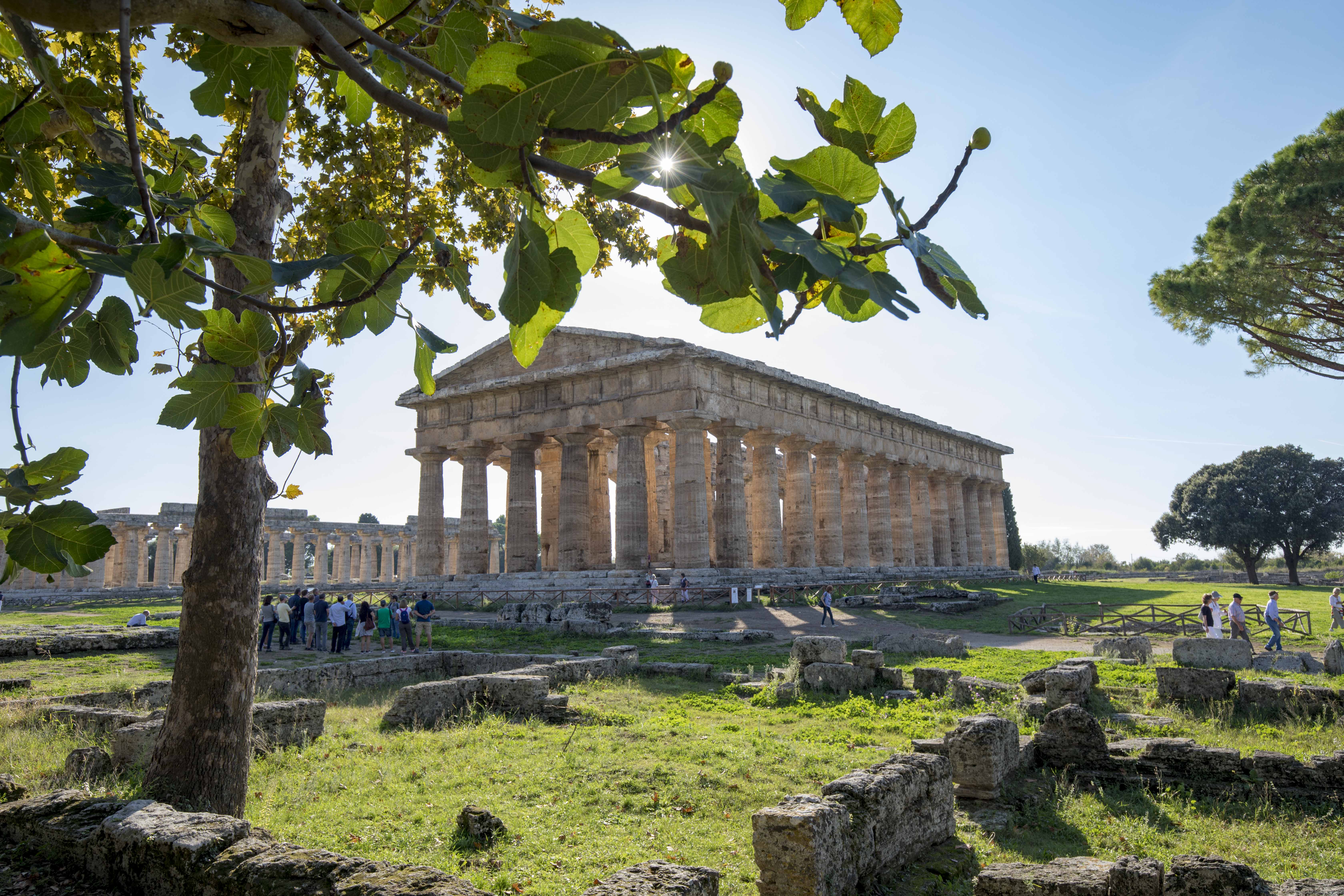20 years of Unesco Heritage for the Park of Cilento
GRAND TOUR BLOG | 4 December 2018

20 years of Unesco Heritage for the Park of Cilento

1998-2018. The National Park of Cilento and Vallo di Diano is celebrating the 20th anniversary of membership in the World Heritage List of UNESCO. An important milestone that highlights a local key that goes far beyond the scenic beauty and sees more concrete idea of the park as a tourist and cultural attraction.
The Cilento National Park: Garden of Europe
Cilento is a land of extreme beauty. It is the cradle of Mediterranean diet, but it is also a land with an ancient heritage: a cultural landscape of immense value that presents evidence of settlements dating to 250.000 Years ago. The karst nature of its lands and the consequent wealth of caves has led to the presence of man in them he took refuge, found shelter. The Mediterranean diet, the genuine products and the intense flavors have become over time a fundamental element of aggregation and social cohesion.
The image of the Garden of Europe, advanced in 1998 Vice President of the Campania Region Virtuoso, It was one of the many interpretations that have allowed the Cilento National Park to present the UNESCO commission as a unitary system in which implement development models integrated through a new territorial governance culture.
After more 20 years, no statement is strongly present. The National Park of Cilento and Vallo di Diano is the magnificent result of combined work of nature and man.
The archaeological sites of Paestum and Velia and the Certosa di Padula: excellence in excellence
The National Park of Cilento and Vallo di Diano is the Mediterranean park par excellence thanks to the type of environment which distinguishes it. Located on the Tyrrhenian coast, It is today a living landscape that maintains an active role in contemporary society but retains the traditional characters that have generated: organization of the territory, plot paths, structure of crops and settlements system.
Those who come to visit in the Park, It can not ignore the visit of the archaeological sites of Paestum, Velia and the Certosa di Padula.
Paestum It is one of the most important monuments of Ancient Greece, where there are countless artifacts and decorative artifacts, many of which are kept at the National Archaeological Museum.
The city of Velia remain the port area, Porta Marina, Porta Rosa, Terme e Ellenistiche the Romanesque Term, the Agora, the Acropolis, the Southern District and the District Archaic.
Then there is the Certosa di San Lorenzo di Padula, the largest in Italy. Located in the province of Salerno it boasts the largest cloister in the world.
Excellencies in the excellence that have enabled the Park of Cilento and Vallo di Diano to be quoted in full from over twenty years in the category of evolutionary landscapes (I Own Me) the UNESCO list.



